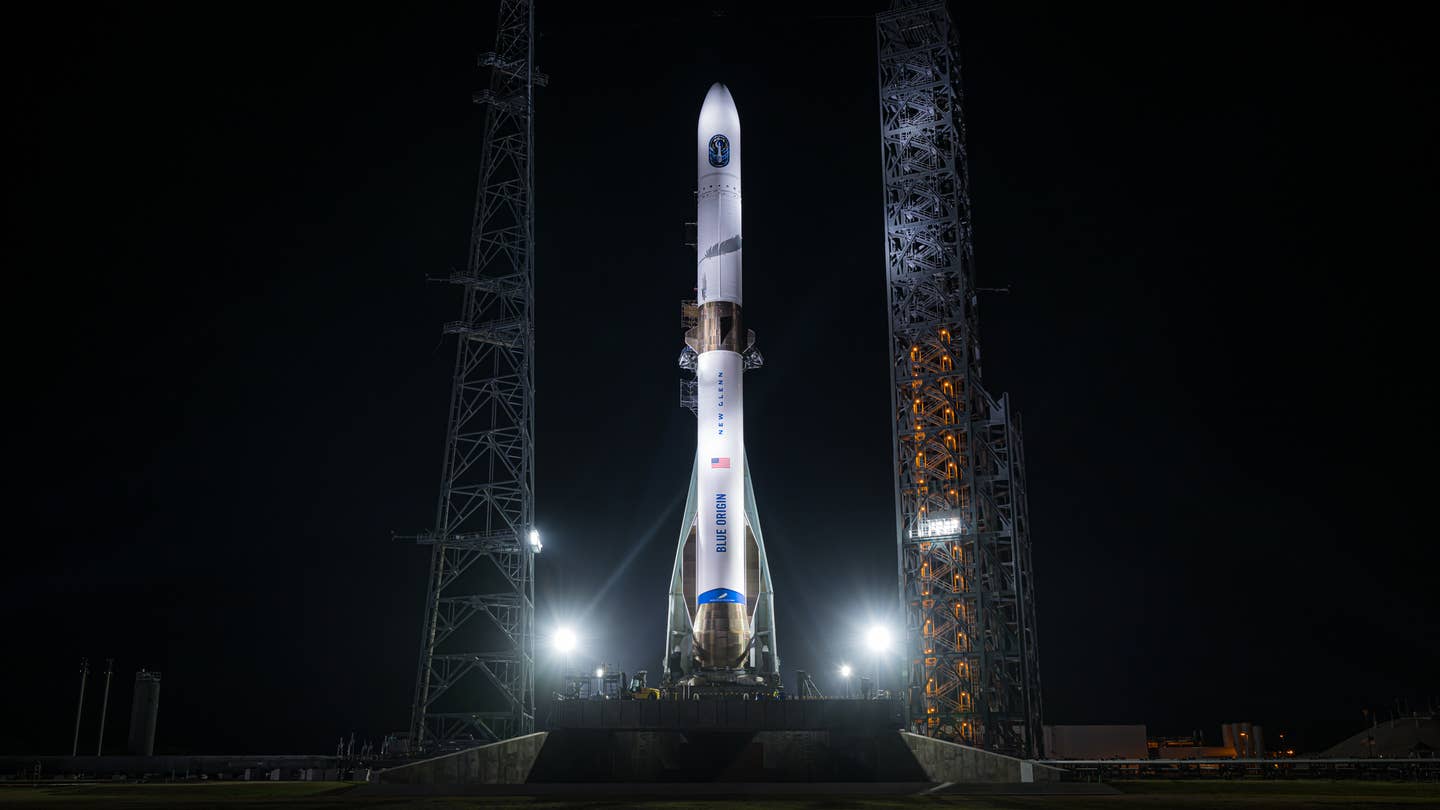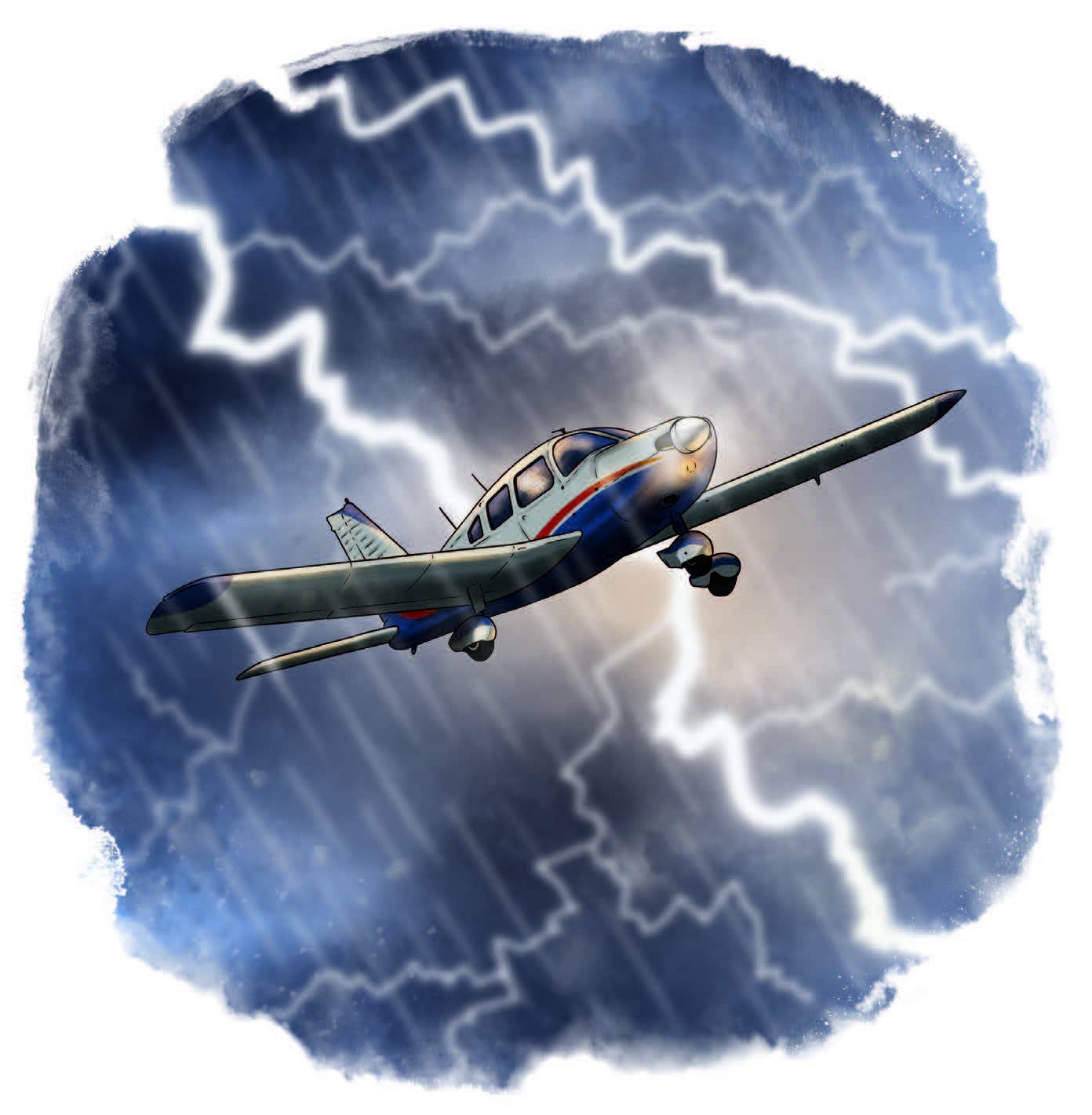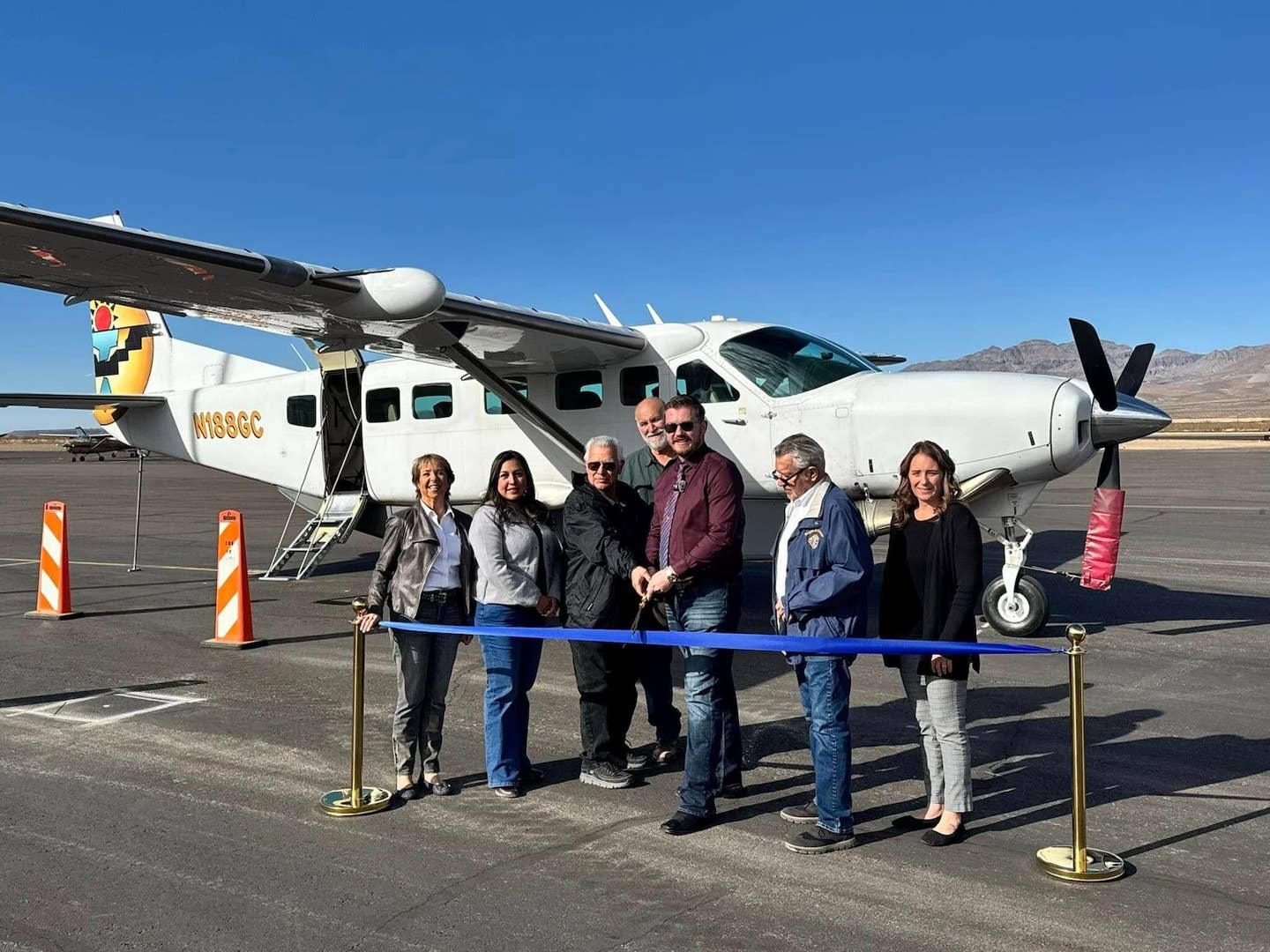
At a recent dinner gathering, a few days after the wonderfully well-omened US Airways ditching in the Hudson, when several guests had been grilling me about bird strikes and ditching procedures, someone commented that her worst nightmare was being in an airplane when the pilot had a heart attack.
"How often," another guest asked me, "does that happen?"
I had no idea, nor an iPhone from which to obtain the answer immediately. Later, however, I searched the NTSB accident database (ntsb.gov/ntsb/month.asp) for all reports from the past 10 years in which the word "cardiac" occurs. Forty-three appeared.
As with all such searches, there were some spurious results. For instance, a statement like "The autopsy disclosed no evidence of a cardiac abnormality" turns up alongside "The pilot was incapacitated by a cardiac event." Furthermore, in many instances an autopsy reveals various degrees of heart disease, and the examiner feels obliged to speculate that it could have had a role; but these accidents often involve common scenarios, such as descending too low on an instrument approach or becoming disoriented after takeoff on a dark night (occasionally with the help of marijuana or Jack Daniels), and so there is no special need to suppose that a heart attack caused the accident.
In addition to those cases, there were a few, classified as incidents rather than accidents, in which death occurred after a safe landing or a nonfatal accident, and even one in which the pilot of a seaplane experienced a "transient ischemic attack" or "mini-stroke," blacked out, crashed into a lake, and was rescued. In this category were, remarkably, two instances of fatal heart attacks occurring after the respective pilots had landed their helicopters on oil rigs in the Gulf of Mexico; to augment the improbability by a factor of 12, both occurred in the month of May, two years apart.
There remained 12 events in which a heart attack was the likely cause of a crash. In eight of these, the pilot was alone in the airplane.
In a few instances, pilots may have been unaware of their heart disease. This was the NTSB's judgment in the case of an 11,500-hour ATP whose T210 plunged into the Pacific Ocean with four aboard, and also in that of the owner of a Smith Aerostar 600 that crashed, also in the Pacific, during a post-maintenance test flight. More often than not, however, the pilot knew he had a heart problem but chose not to quit flying. In one case, 11 minutes after taking off from Palm Beach International the private pilot of a Mooney M20J reported to the departure controller that he was returning with a "severe, severe headache in the base of [his] neck." Two minutes later, he said, "My defibrillator just went off on me." Two minutes after this, the pilot said that he was losing his sight and turning eastward, toward the Atlantic, because "I don't wanna take anybody out [and] I don't know whether I can make it back." The Mooney flew out to sea for seven minutes before crashing into the ocean.
The pilot understood what was happening to him because he knew that he was suffering from serious cardiac disease. He had had a valve replaced and an artery bypassed two years earlier, and had had a defibrillator implanted a year and a half earlier. He had experienced numerous instances of lightheadedness, defibrillator discharge and abnormal heart rhythms, sometimes while flying. He had not tried to renew his medical certification, last issued four years earlier, presumably because he knew that his condition would disqualify him from flying.
In another case, a 29,000-hour retired airline pilot flew a Wittman Tailwind into the Pacific Ocean off the coast of Southern California. The pilot, whose personal medical records revealed a history of "hypercholesterolemia, hypertension, obesity, sleep apnea, gastroesophageal reflux disease, prostrate [sic] carcinoma, radiation colitis, a possible cerebrovascular accident, and mild dementia of Alzheimer's type," had agreed with the partner with whom he co-owned the airplane that he would not fly it by himself; but on that pleasant January morning he took off alone and flew to the Long Beach harbor, where witnesses observed the little homebuilt in a long, shallow, seemingly controlled descent -- "it appeared that the airplane was landing in the water" -- that ended in a collision with the ocean.
Like many pilots beset by various dangerous medical conditions late in life, this one had concealed or minimized them on his medical application. So had the professional cropduster who crashed, killing himself and his wife, in a rented 172. In the wreckage investigators found a bag of prescription medicines which, his medical examiner later said, would have disqualified him from flying had the examiner known about them. He had, however, reported his use of two heart medicines, an anti-arrhythmic and an anti-anginal, and had been flying with restricted medical certification since having triple bypass surgery seven years earlier. Not so the pilot of a Cherokee who, with his wife, crashed into a Southern California lake in 1998. He had had a heart attack 20 years earlier, and had repeatedly applied for medical certification and been denied. He had also repeatedly asserted on his applications that he had never been denied a medical. He had finally obtained a third-class medical in the year before the accident, but it was under review. At the time of the accident he was taking an over-the-counter medication that was contraindicated for people with heart disease because it irritated the heart. The NTSB report on the accident notes that the injuries of his wife, who was not a pilot, were "consistent with control manipulation at impact."
Non-reporting of disqualifying medical conditions rose to a crescendo in a non-instrument-rated pilot who took off, with a passenger, in dense fog, and promptly crashed. While the cause of the accident may have been disorientation rather than incapacitation, the list of the pilot's afflictions, obtained from his doctor by subpoena, is startling: "hypercholesterolemia, fibromyalgia, fatigue, sclerodactyly, scleroderma, gastroesophageal reflux, CREST syndrome, chronic neuropathy ... secondary to previous back injury and surgeries and lumbar stenosis, chronic anxiety and depression, panic attacks, OSA (obstructive sleep apnea), BPH (benign prostatic hypertrophy). His documented medications between 1998 and 2002 include: Lipitor [atorvastatin], Flomax [tamsulosin], Restoril [temazepam], Serzone [nefazodone], Ultram [tramadol], Buspar [buspirone], Prozac [fluoxetine], Wellbutrin [bupropion], Remeron [mirtazapine], Pepcid [famotidine]."
"From 1998 to 2002," the NTSB report continues, "the pilot did not report any of these diagnoses on his FAA airman medical certificate application nor did he report his use of these medications except for the following: Lipitor, Pepcid, Flomax."
While in several cases a pilot was aware of his heart problems but concealed them from FAA medical examiners, in one instance the examiner, a friend of the pilot, appeared to have concealed from the FAA his knowledge of the pilot's many disqualifying conditions over a period of years. The 77-year-old pilot, who had reported 16,500 hours total time and 500 hours in the previous six months on his last medical application, had a long history of heart attack, surgery and chronic heart disease, all of which he denied, with the help of his medical-examiner friend, on his medical applications. He was alone, on a wildlife survey flight in northern Michigan, when his 182 dove at high speed into a forest.
One pilot, 85 years old, an 11-time national gliding champion, died last year in the crash of a sailplane shortly after takeoff. According to witnesses, the glider "appeared to be flying normally when it suddenly climbed abruptly then nosed over into a steep dive and disappeared from view in a forested area." The NTSB determined that the probable cause of the accident was "an incapacitating cardiac event," and noted the pilot's "poor decision to fly with known serious medical issues." Just six days before the accident that pilot had seen his cardiologist because he had experienced dizziness and left arm pain. The cardiologist had planned to schedule "left heart catheterization and possibly angioplasty in the next 1 to 2 weeks." But the pilot may have suspected for a long time that his medical condition was deteriorating, because he had not applied for a medical certificate since 1996.
It is always possible in such cases to trot out the platitude that "he died doing what he loved," but did the nightmare scenario ever end well for the passengers? Yes -- once, in this 10-year period. Shortly after takeoff from North Las Vegas, the pilot of a Gulfstream 695A twin turboprop (formerly called a Turbo Commander) began to cough, put on an oxygen mask, turned back to the airport, and then lost consciousness. He had two passengers, neither of whom was a pilot. They managed, however, to turn off the autopilot, establish communications with the tower, and bring the airplane back to the airport. After several aborted landing attempts, they pancaked the big twin onto the ground a few hundred feet short of the runway. The stricken pilot, who had not reported any cardiac issues on his medical applications, died after being taken to a hospital. The two passengers, who sustained some injuries, got out of the plane on their own -- a rare happy ending in a decade of bad hearts and broken airplanes.
This article is based on the National Transportation Safety Board's report of the accident and is intended to bring the issues raised to the attention of our readers. It is not intended to judge or to reach any definitive conclusions about the ability or capacity of any person, living or dead, or any aircraft or accessory.

Sign-up for newsletters & special offers!
Get the latest FLYING stories & special offers delivered directly to your inbox






